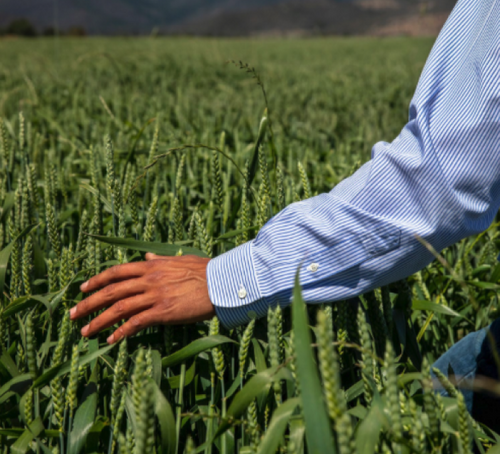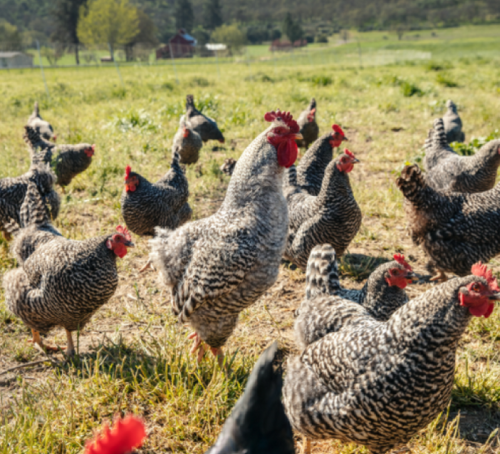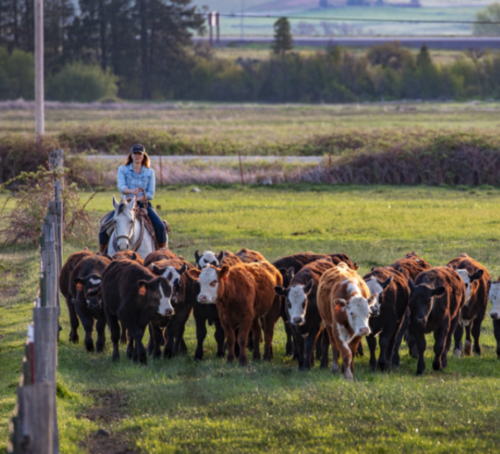Our Impact
PUTTING CARBON BACK IN THE SOIL
OUR FARMS ARE CLIMATE-POSITIVE AND CARBON NEGATIVE.
We practice regenerative agriculture, which means we’re farming and raising animals in a way that sends nutrients and goodness back into the land.
At the Belcampo Estate, we rotate our animals on diverse pastures based on herd size and plant growth cycles to cultivate healthy soil, capture carbon from the environment, and limit our impact on the watershed.
Base levels of carbon in the soil at Belcampo Farms were tested by Soil Carbon Coalition in 2013 and again in 2019.. The results are in: we are increasing soil carbon at an AVERAGE of 19.22% based on 15 sample sites over a 6 year period. This means we’re building healthy, fertile soils that won’t just sustain, but will regenerate our planet.
| SITE | % Total Carbon-2013 | % Total Carbon-2019 | % CHANGE |
|---|---|---|---|
| 1 | 1.741 | 2.14 | 22.92% |
| 2 | 1.204 | 1.225 (average between 2 samples) | 1.74% |
| 3 | 0.853 | 0.96 | 12.54% |
| 4 | 1.512 | 1.59 | 5.16% |
| 5 | 0.727 | 0.85 | 16.92% |
| 6 | 0.567 | 0.76 | 34.04% |
| 7 | 1.572 | 2.63 | 67.30% |
| 8 | 0.819 | 1.05 | 28.21% |
| 9 | 0.433 | 0.43 | -0.69% |
| 10 | 1.901 | 2.53 | 33.09% |
| 11 | 0.867 | 0.88 | 1.50% |
| 12 | 0.365 | 0.47 | 28.77% |
| 13 | 6.82 | 8.19 | 20.09% |
| 14 | 6.952 | 7.79 | 12.05% |
| 15 | 7.782 | 8.14 | 4.60% |
| AVG % CHANGE | 19.22% |
Belcampo is a climate positive company, with carbon removals from our regenerative grazing practices exceeding the carbon emissions from its operations and supply chain (as calculated per The GHG Protocol Corporate Standard).
REGENERATIVE AGRICULTURE:
THE BASICS
WHAT IS REGENERATIVE AGRICULTURE?
Regenerative Agriculture is a holistic approach to farming and raising animals that produces healthier food for people, restores and rebuilds topsoils, and respects animals and their natural behaviors – all while drawing carbon dioxide out of the atmosphere and into the ground (where it belongs!).
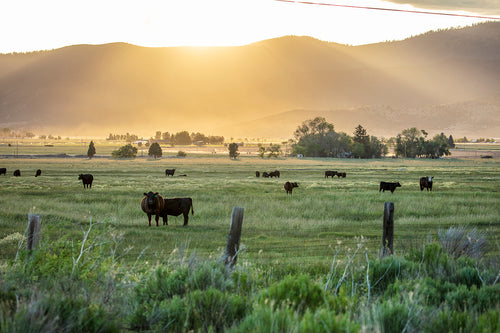
1. GRAZING HERDS
Modern day rotational grazing replicates the patterns of wild herds on grasslands. Managing our ruminants in this way mimics natural ecosystems, fertilizing the soils while allowing for periods of rest and regrowth. The animals' hooves loosen soil surfaces so that their manure can nourish healthy microorganisms.
2. HEALTHY SOIL
Rotational grazing practices help us to build healthy soils that sequester carbon, restore + rebuild topsoil, and retain rainwater. The microorganisms living in regeneratively farmed soils sustain rich plant life, allowing them to develop deep root systems that, in turn, improve soil structure – making it more absorbent and resilient.
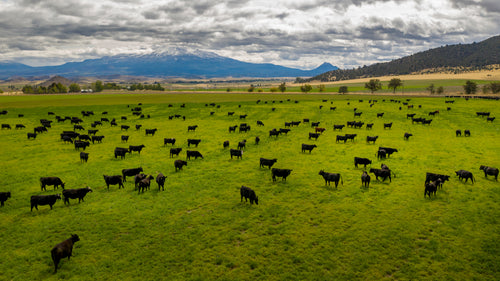
3. CARBON SEQUESTERING PASTURES
The robust perennial grasses and shrubs that thrive in nutrient-rich, regenerative pastures draw heat-trapping carbon dioxide from the air and sequester it in the soil (where it should be!). The carbon remains trapped in the ground, nourishing the soil (and plant life) that will feed our herds next season.

Minimal Tillage
Prevents erosion and builds soil structure (pigs also make great natural tillers!)
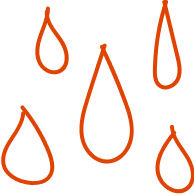
Reduce Run-Off
Keeping residue on the soil traps moisture and keeps the soil cool
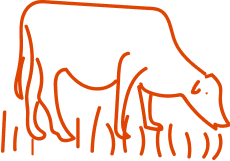
Graze Animals
Having animals rotating on the soil adds nutrients and naturally works the land

Add More, Take Less
These methods add carbon back into the soil, reducing our impact on climate change
Interested in Learning More? Dig in!
A Word From Our Head Farmer
What is regenerative agriculture?
What We Feed Our Animals Matters—Dig In!
Learn about the different animals on our farm, what we feed them and why it matters.
Rotational Grazing—Simple Concept, Huge Impact
Environmental impact and animal wellbeing guides everything we do at the farm.
